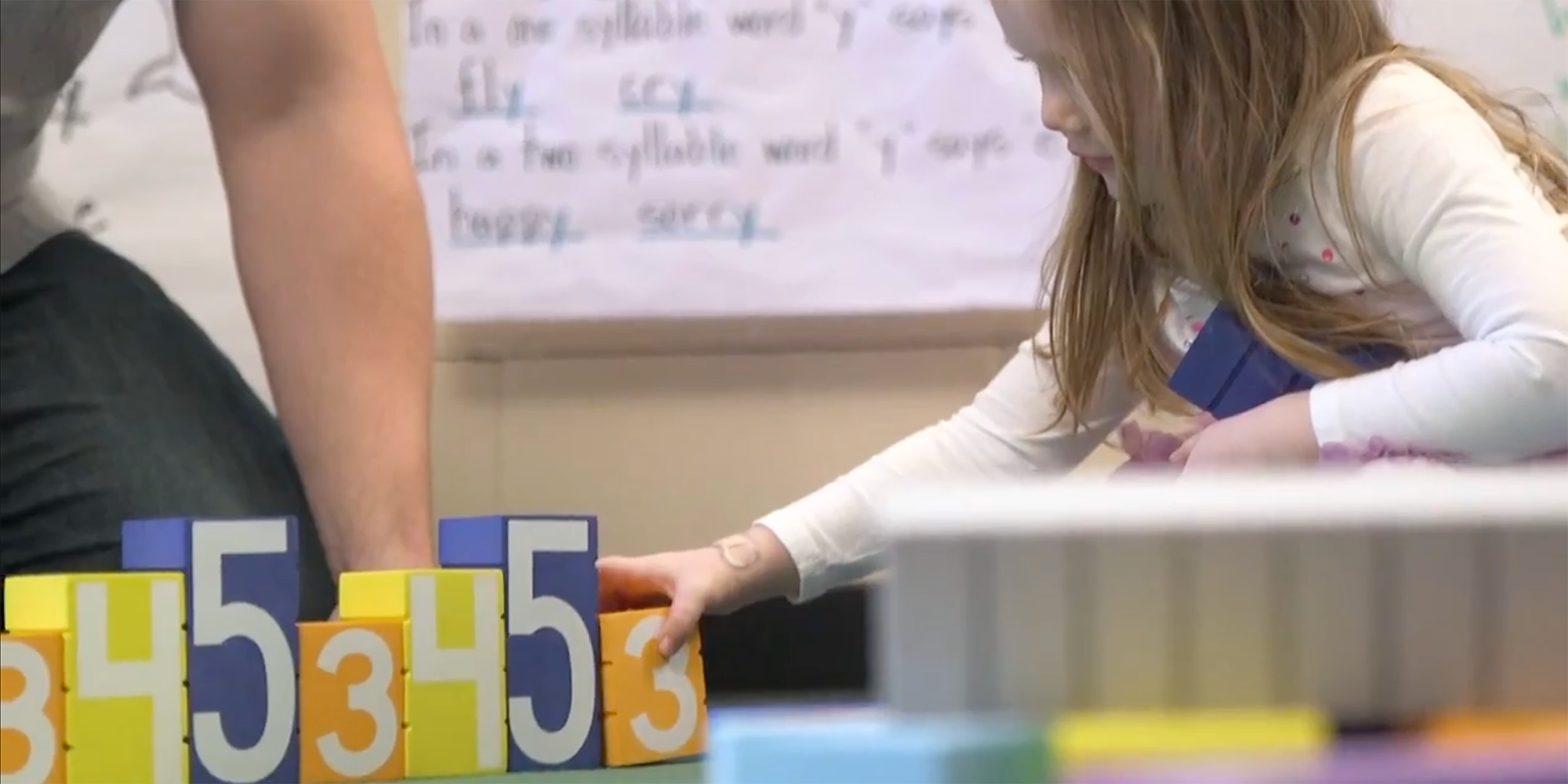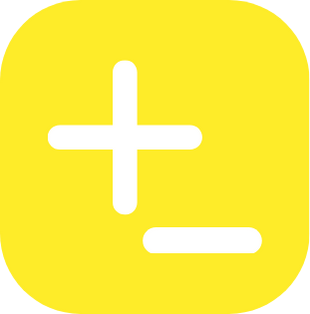TEKS: Pre-K 3
A. Number Sense
PK3.V.A.1 Child rote counts from 1 to 10.
PK3.V.A.2 Child counts up to 5 objects with one-to-one correspondence.
PK3.V.A.3 Child counts up to 5 items and demonstrates cardinality by communicating that the last number indicates how many items are in the set.
PK3.V.A.4 Child instantly recognizes the quantity of up to 3 objects without counting (subitizes).
PK3.V.A.5 Child recognizes numerals 0-5.
PK3.V.A.6 Child represents quantities up to 5.
PK3.V.A.8 Child compares sets of objects up to 5 using comparative language (e.g., more than, less than, same number of).
B. Joining and Separating
PK3.V.B.1 Child uses objects to demonstrate that adding one or more objects to a set will increase the number of objects in the set.
PK3.V.B.2 Child uses objects to demonstrate that taking away one or more objects from a set will decrease the number of objects in the set.
C. Geometry and Spatial Sense
PK3.V.C.3 Child begins to use language to describe position of objects.
PK3.V.C.4 Child recognizes common shapes, regardless of size.
D. Measurement
PK3.V.D.1 Child understands that lengths of objects can vary and be compared.
PK3.V.D.3 Child understands that weights of objects can vary and be compared.
E. Classification and Patterns
PK3.V.E.1 Child sorts objects that are the same and different.
PK3.V.E.2 Child participates in group activities of collecting data and organizing it into graphic representations.
PK3.V.E.3 Child recognizes and duplicates patterns.
TEKS: Pre-K 4
A. Number Sense
PK4.V.A.1 Child rote counts from 1 to 30.
PK4.V.A.2 Child counts up to 10 objects with one-to-one correspondence.
PK4.V.A.3 Child counts up to 10 items and demonstrates cardinality by communicating that the last number indicates how many items are in the set.
PK4.V.A.4 Child instantly recognizes the quantity of up to 6 objects without counting (subitizes).
PK4.V.A.5 Child recognizes numerals 0-10.
PK4.V.A.6 Child represents quantities up to 10.
PK4.V.A.7 Child begins to understand that numbers 0-10 can be composed and decomposed in various ways to represent a quantity.
PK4.V.A.8 Child compares sets of objects up to 10 using comparative language (e.g., greater/more than, less/fewer than, equal to/same number of).
B. Joining and Separating
PK4.V.B.1 Child uses objects, pictorial models, and/or a verbal word problem to represent adding up to 5 objects.
PK4.V.B.2 Child uses objects, pictorial models, and/or a verbal word problem to represent subtracting objects from a set of 5.
C. Geometry and Spatial Sense
PK4.V.C.2 Child creates shapes using materials and/or manipulatives.
PK4.V.C.3 Child demonstrates use of position words.
PK4.V.C.4 Child recognizes common shapes, regardless of orientation and size.
D. Measurement
PK4.V.D.1 Child recognizes and compares heights or lengths of people or objects.
PK4.V.D.3 Child recognizes and compares weights of objects.
E. Classification and Patterns
PK4.V.E.1 Child sorts objects that are the same and different into groups and uses language to describe how the groups are similar and different.
PK4.V.E.2 Child collects data and organizes it in a graphic representation.
PK4.V.E.3 Child recognizes, duplicates, extends, and creates patterns.


















